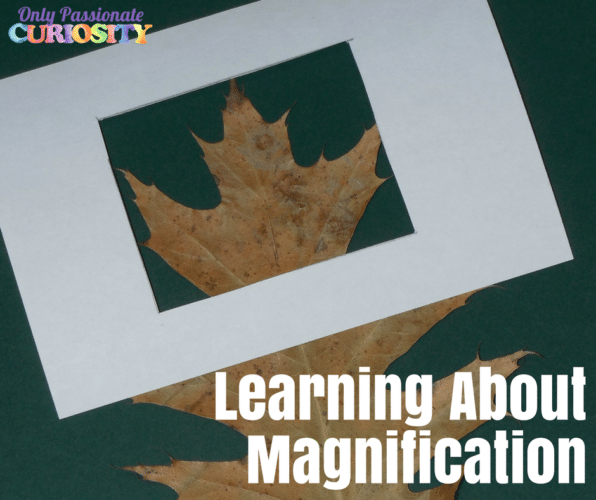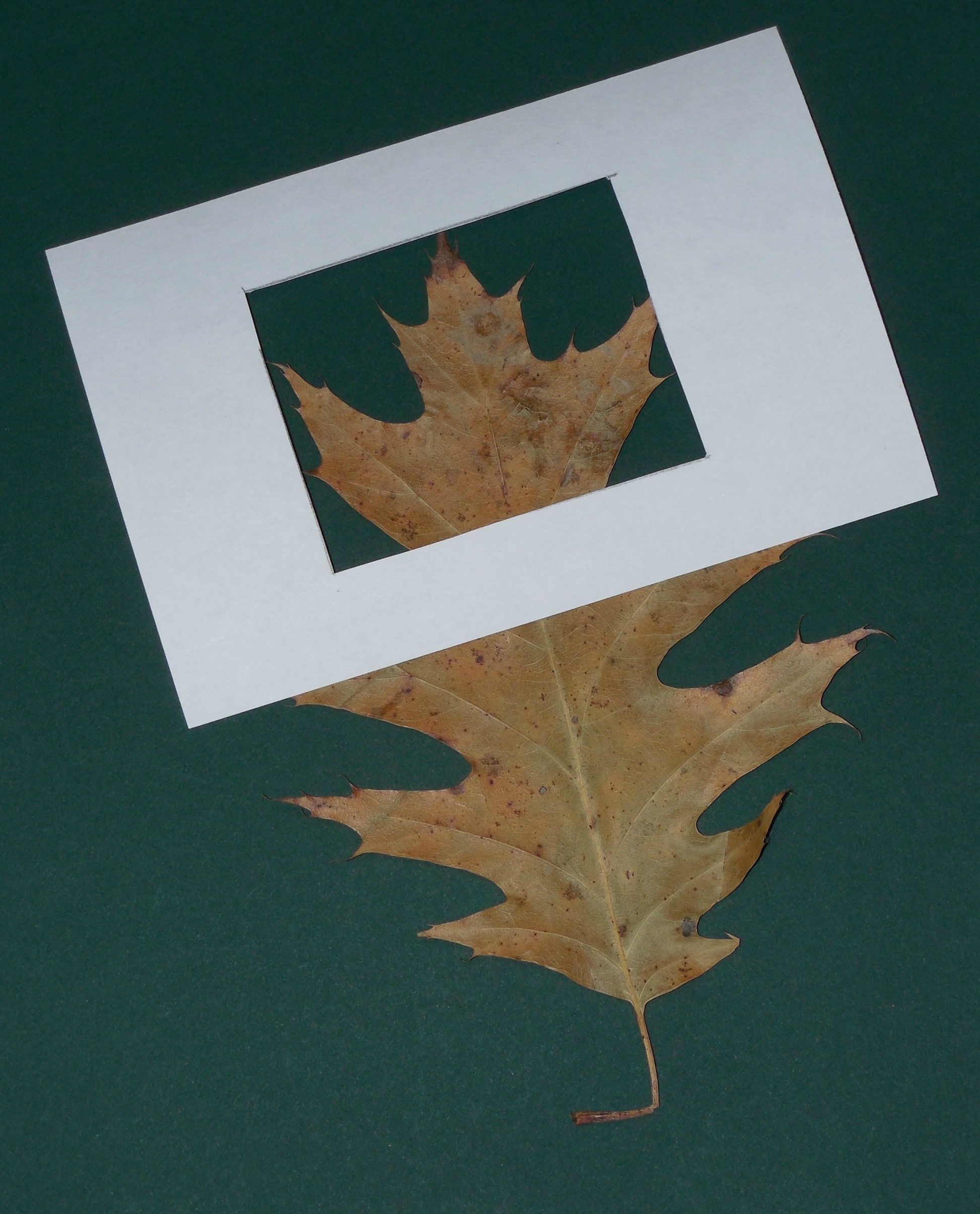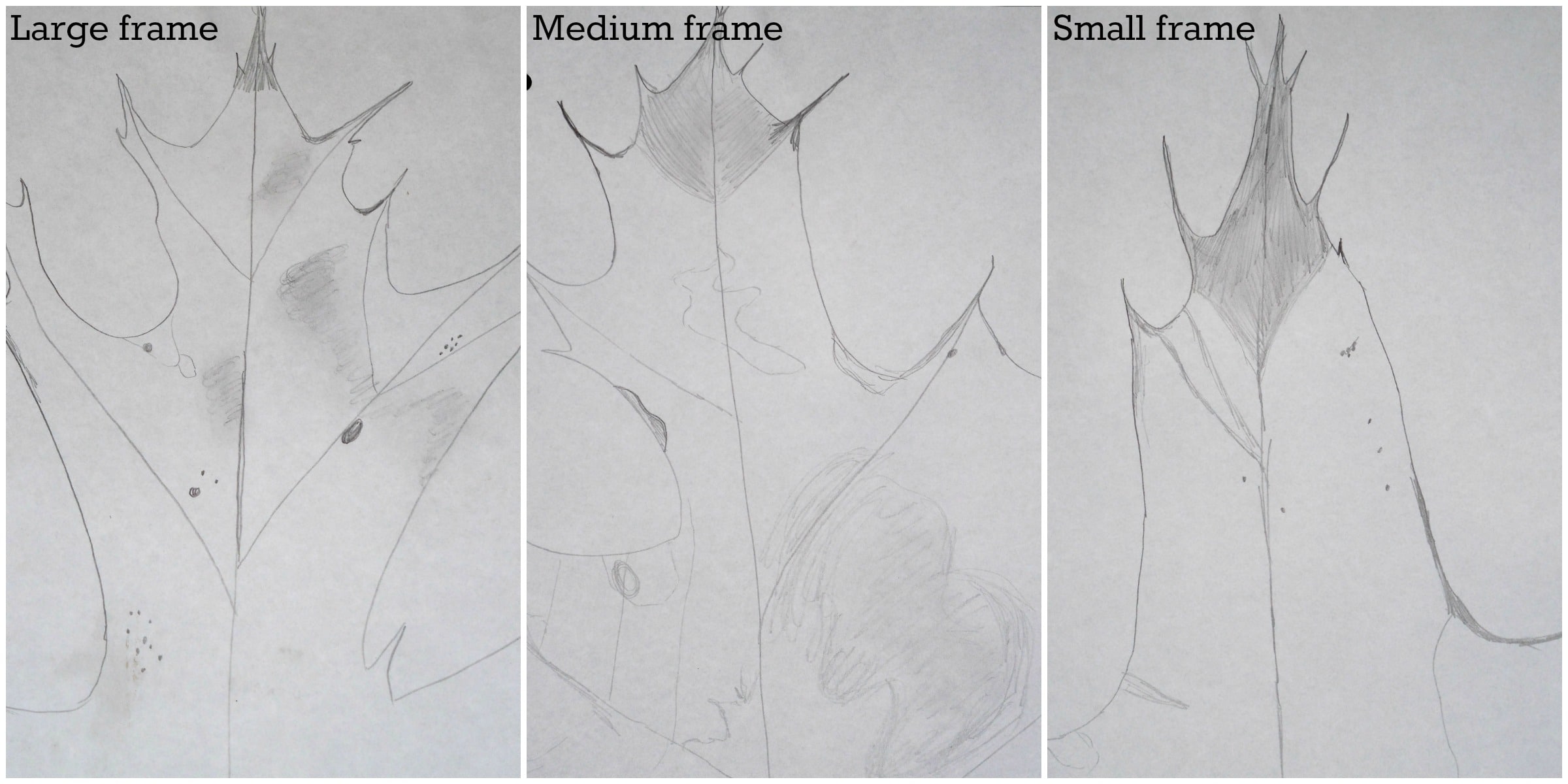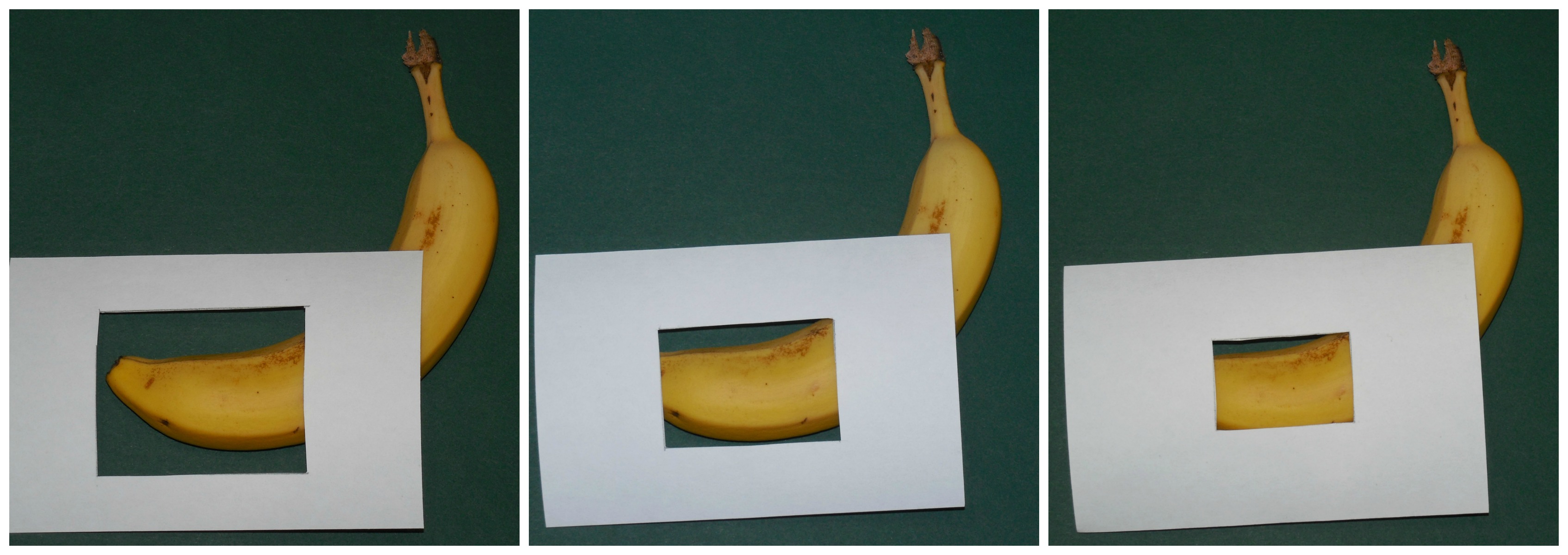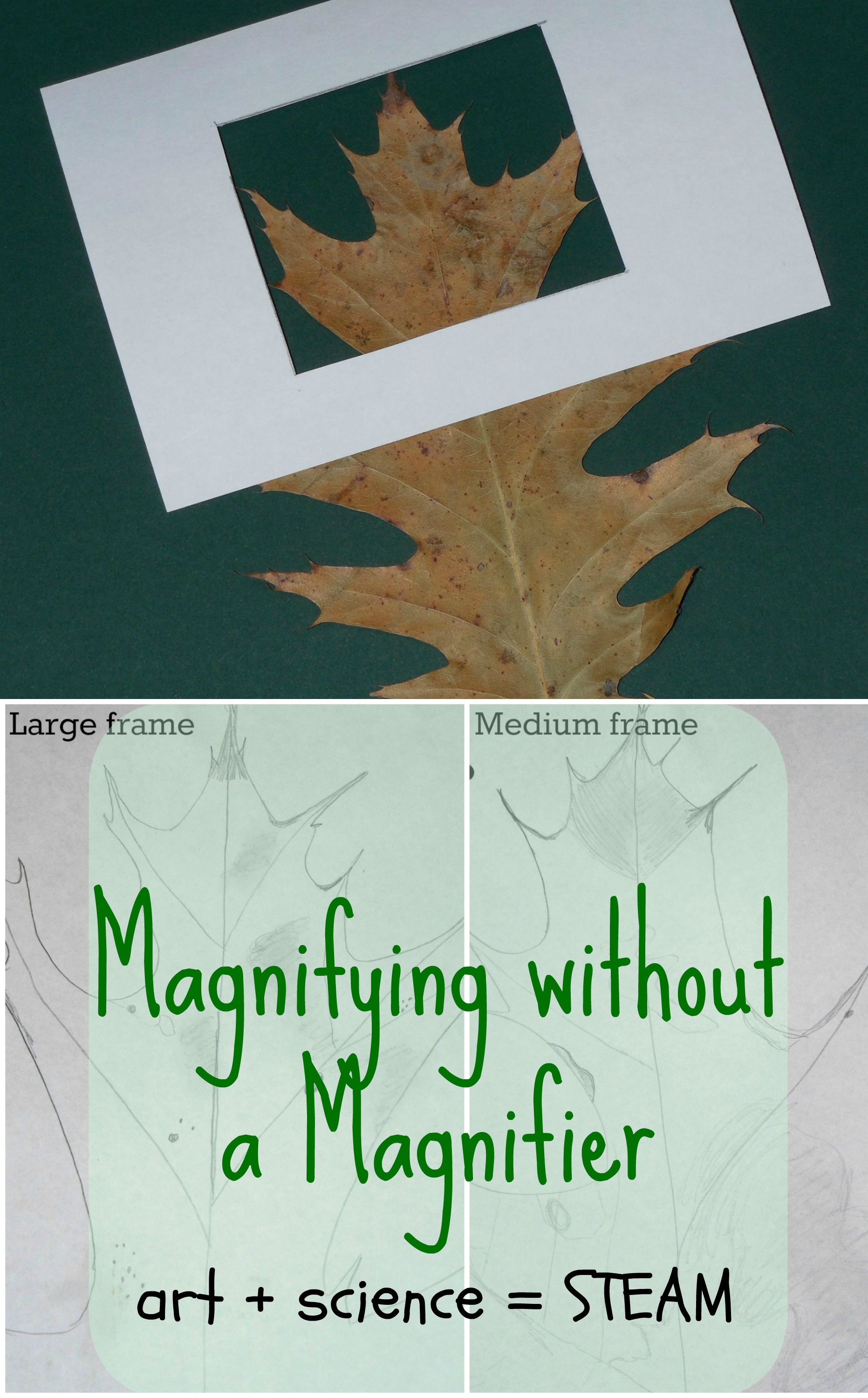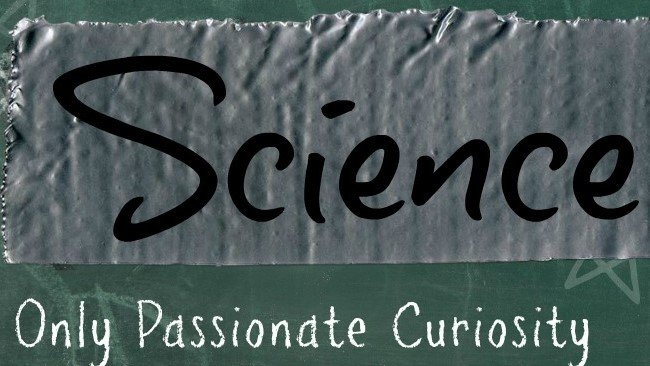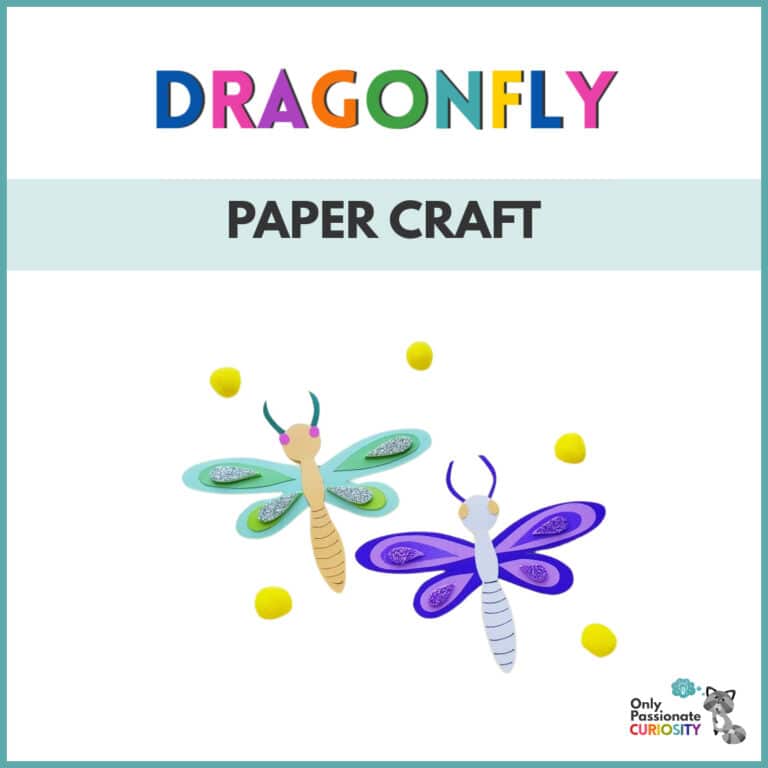Magnify Without a Magnifier: A Science Art Project
Mixing science and art is never a bad thing. In this STEAM (Science, Technology, Engineering, Art and Mathematics) art project kids use their powerful science observation skills and attention to detail to make some cool illustrations. This is a great lesson because you don’t need a magnifying glass, or even a microscope to start to see the tiniest details. You’ll hone your kid’s observation skills with these magnification frame drawings.
You will need:
- blank paper
- paper frames
- drawing supplies: pencils, markers, crayons or colored pencils
- something to observe and draw
First, make some frames! You can use any piece of paper. I like to use large index cards, as they are already cut into rectangles. Using a ruler, draw a rectangle in the middle of the card. Cut out the rectangle to make the frame. The number of frames you create will determine how many drawings you will end up with.
Scale your frame down or up, in other words, make the rectangle bigger, or smaller. I’ve increased the size of each of my frames by half an inch, but the scale is completely up to you.
Find something to observe. It could be a natural item, or something from in the house. It needs to be large enough that there will be an observable difference when you look at it through the different sized frames. What I mean by this is that if your object is too small, changing the frames won’t make a difference. For example, if you choose an acorn that is 1 inch tall and 1 inch wide and your small frame is 1 in. x 1 in. and your large frame is 2 in. x 2 in. you’ll always see the entire acorn, versus just a portion of it. Your item should always be at least as bit as your largest frame.
Start with the largest frame. Place it over the item. Draw what you see in the frame, filling the entire surface of a standard sized piece of paper. Move on to the next frame, which is slightly smaller. Place this on your item and repeat the exercise. This time, you should notice different details as you aim to draw them larger on the piece of paper. The key is to always fill the entire page!
I encourage students to use colored pencils when completing science illustrations because it is easy to vary the color and make the drawings more accurate.
What details do you notice when you start to look at things up close? What do you notice about textures and surfaces?
Have kids trade one of their pictures with a friend. Can they guess what the item is? Does it look like something else when you only see some of the details?
This is a great quiet activity for an indoor snowy or rainy afternoon, or pack up those frames and take them to the park or on a nature hike for some nature journaling time. Once kids have a chance to really observe something they’ll naturally begin to notice the little details around them. By adding an artistic element to these observations, it takes away any tedium there may be and makes the task fun. You’ll also produce some pretty neat art in the process!




